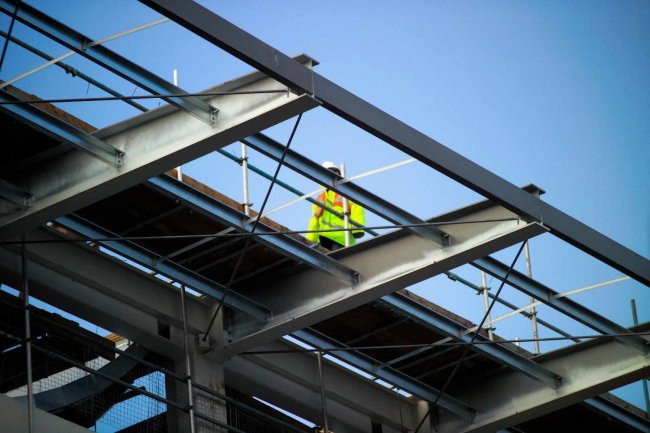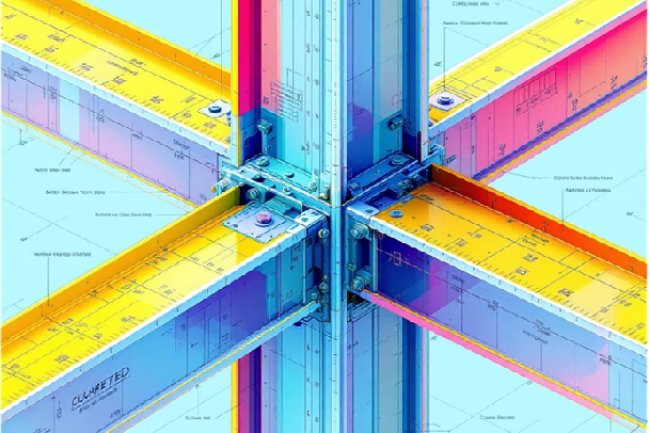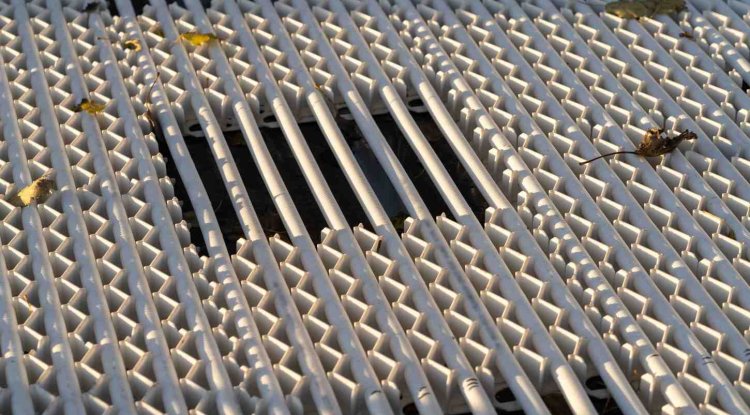Moisture Control in Composite Steel Deck Systems
A Comprehensive Guide to Ensuring Long-Term Performance Through Effective Moisture Management in Steel Deck Assemblies

Agenda: Moisture Control Essentials
|
Why Moisture Matters
|
Prevention Strategies
|
|
Implementation
|
Performance Metrics
|
The Hidden Threat: Moisture in Steel Deck Systems
Moisture infiltration is a major — yet frequently overlooked — risk in composite steel deck assemblies during the design and construction phases.
|
Left unchecked, moisture can lead to:
|
|
Sources of Moisture in Composite Deck Systems
| External Precipitation Rain, snow, and ice during construction and through penetrations or failures in the building envelope |
|
Interior Humidity Occupant activities, HVAC operations, and process equipment generating vapor that migrates into the deck assembly |
| Construction Moisture Water used in concrete placement, cleaning operations, and materials stored improperly on-site |
Ground Moisture Capillary action and vapor pressure driving moisture from soil through foundations into building systems |
Key Components of Moisture-Resistant Deck Systems
|
1
Vapor Retarders & Air BarriersProperly positioned membranes with appropriate perm ratings to control vapor diffusion while allowing for necessary drying potential.
|
2
Insulation Selection & PlacementStrategic layering of insulation materials to minimize thermal bridging and condensation risk.
|
3
Drainage PlanesDesigned pathways to direct incidental moisture away from sensitive components.
|
Critical Deck Design Considerations
|
|
|
Consac: Solving Moisture Challenges
-
Problem Identified
A manufacturing facility faced recurring condensation on its exposed deck underside during seasonal transitions, raising product contamination concerns. -
In-depth Investigation
Hygrothermal analysis pinpointed the root cause: an inadequate vapor control layer and thermal bridging at deck flutes, leading to interior moisture condensation. -
Solution Implemented
We redesigned the assembly, incorporating a continuous insulation plane, a robust air/vapor barrier, and enhanced ventilation to effectively manage interior humidity. -
Tangible Results
The solution successfully eliminated condensation, significantly improved energy performance, and extended the overall service life of the roofing system.
What's Your Reaction?



















